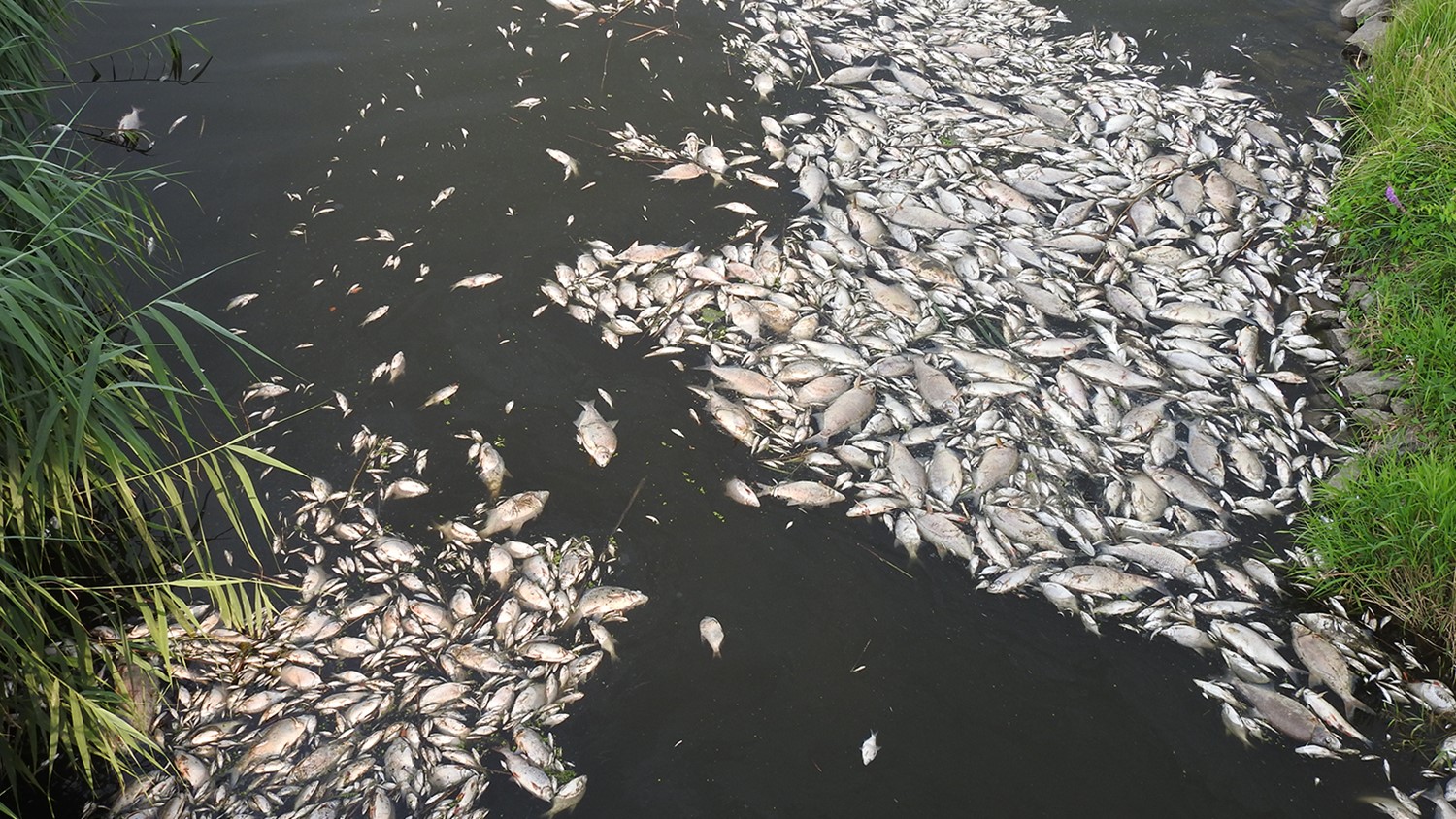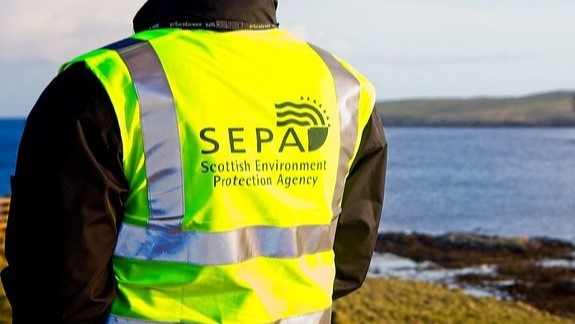Tonnes of dead fish, mussels and snails were seen floating on the River Oder (Germany) in early August 2022. It soon became clear what was causing the environmental disaster in the German-Polish border river: a mixture of excessive salinity, high water temperatures, low water levels and excessive inputs of nutrients and wastewater triggered a bloom of the brackish water algae Prymnesium parvum, whose algal toxin prymnesin has a lethal effect on organisms.
A team of scientists coordinated by the Helmholtz Centre for Environmental Research (UFZ) collected and analysed water samples at the time. The result, published in Nature Water, showed that high concentrations of organic micropollutants exacerbated the lethal effects of prymnesin.
Summer 2022’s environmental disaster led to the death of up to 60 per cent of fish biomass and up to 85 per cent of mussel and snail biomass in the River Oder. In August 2022, the UFZ set up an interdisciplinary ad hoc working group together with researchers from the Leibniz Institute of Freshwater Ecology and Inland Fisheries (IGB), the University of Veterinary Medicine, Vienna (Vetmeduni) and the University of Birmingham. They took water samples at five locations along the Oder, extracted poisoned fish and analysed and evaluated the samples. “The aim of the study was to find out which micropollutants are in the Oder, how they affect aquatic organisms in the river and what threat the cocktail of algal toxins and micropollutants could pose to humans,” says Prof Dr Beate Escher, lead author and environmental toxicologist at the UFZ.
As the researchers now explain in the scientific journal Nature Water, they were able to detect more than 120 organic micropollutants in the water samples. The highest concentrations of chemical substances were found for the flame retardant tris(1-chloro-2-propyl)phosphate, the polymer additive hexamethoxymethylmelamine and the corrosion inhibitor 1H-benzotriazole. Most of the pollutants detected were presumably discharged into the Oder from sewage treatment plants, but their concentrations were low. However, the scientific team also found pollutants such as 2,4-dichlorophenol, which were probably discharged from industry, as well as pesticides and their degradation products, such as chlorotoluron, which were discharged directly into the water from agricultural land. “The concentrations of these chemicals are not unusually high, but are typical for European rivers”, says Beate Escher. “They did not lead to fish mortality, but together with the algal toxins they can lead to additional stress for aquatic organisms.”
The researchers used the risk quotient RQ to analyse the extent of this stress and thus the risk of the detected pollutants for aquatic organisms. The RQ is defined as the ratio between the measured concentration of a pollutant and its predicted no effect concentration (PNEC). If the RQ exceeds the value of 1, the pollutant can affect aquatic life. The researchers added up the RQs of the detected chemicals and thus obtained mixture risk quotients (RQmix) of between 16 and 22 at the sampling sites. “All RQmix values significantly exceeded the threshold value of 1, which indicates a potential risk to aquatic organisms from pollutants,” says co-author and water chemist Dr Stephanie Spahr from IGB. Only 30 organic micropollutants were included in the model, although thousands of organic chemicals are probably present in the river. The chemical cocktails extracted from the water samples also showed clear effects in laboratory experiments with algae, water fleas and zebrafish embryos, which are considered common models for aquatic organisms.
The researchers investigated how these pollutants and the prymnesins found in the Oder interact as mixtures in water extracts using neurotoxic effects on human nerve cells in vitro. “This test, which is commonly used in bioanalysis and water quality assessment, does not aim to assess the risk to human health, but rather to identify the mixture effects of neurotoxic chemicals,” says Beate Escher. Assistant Professor Dr Elisabeth Varga, a food and environmental analyst at VetMedUni Vienna, provided an algal toxin standard that is very similar to the prymnesins identified in the Oder. The in vitro assays are carried out at the UFZ in automated high-throughput screening in the modern CITEPro technology platform in very small volumes. “It was therefore possible to test this prymnesin standard and other detected micropollutants as well as the water extracts directly,” says Beate Escher. Even at very low concentrations in the nanomolar range, prymnesins shortened the outgrowths of nerve cells that are responsible for signal transmission and killed the cells.
In addition, many organic micropollutants quantified in the water extracts were analysed: several substances were neurotoxic, but at significantly higher doses. “Through mixture modelling and comparisons of the neurotoxicity measured in the extracts, we were able to show that prymnesins dominate the neurotoxic effect. However, the micropollutants we detected also contributed to this,” says Elisabeth Varga. However, the effects of pollution on aquatic organisms in rivers such as the Oder could ultimately be much greater. “The prymnesins have a very high proportion of the cocktail effects, which are exacerbated by micropollutants. This puts even more pressure on the entire ecosystem of the Oder, which is already under great stress,” says Beate Escher.
Prof Dr Luisa Orsini, co-author and Professor of Evolutionary Systems Biology and Environmental Omics at the University of Birmingham, adds:
“The warmer temperatures and extreme weather events caused by climate change can make such toxic algal blooms an even greater risk for inland and marine waters and the population.”



